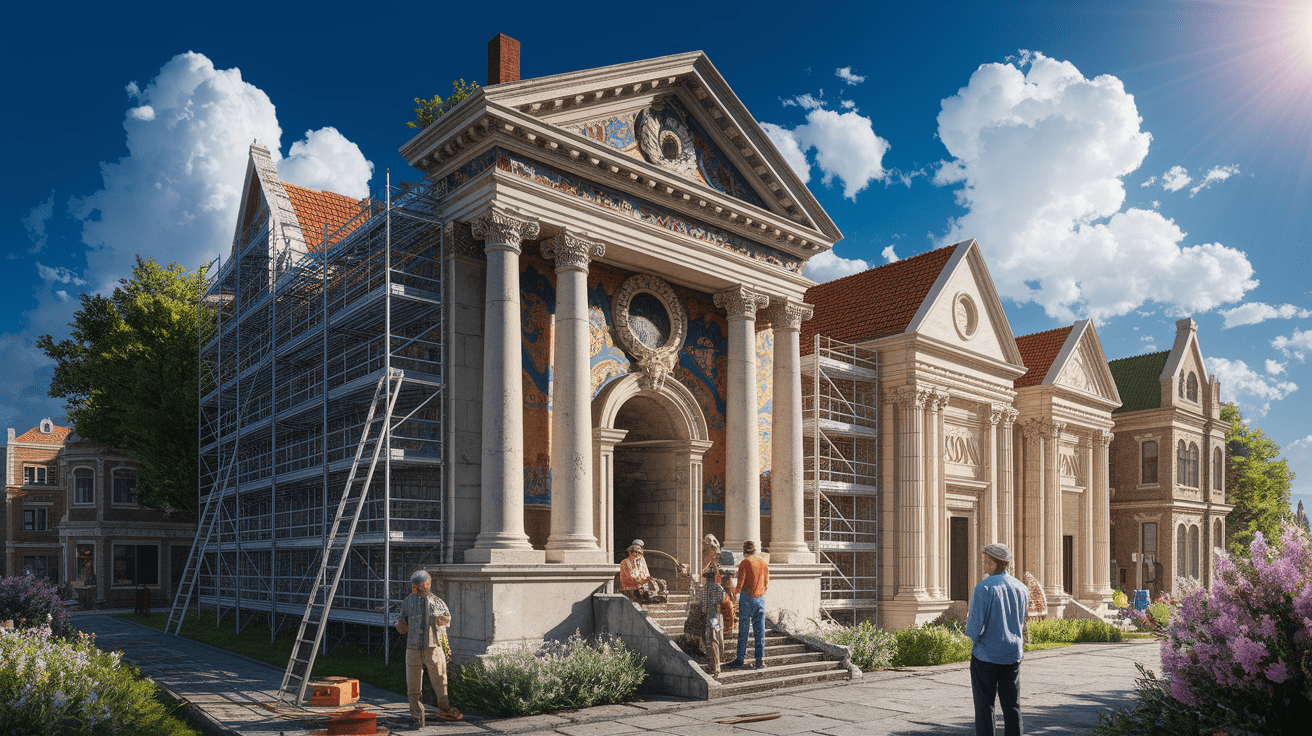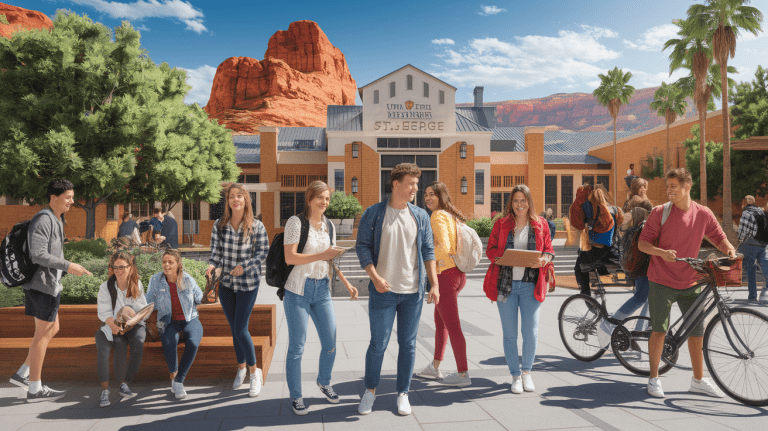Restoring St. George’s Historic Buildings: A Practical Restoration Guide
Cracking the Sandstone Code: Your Quick Start to Restoring St. George’s Historic Buildings
Restoring a historic building in St. George, Utah, is both an art and a responsibility. Many of the city’s cherished landmarks — from the distinctive sandstone walls of the St. George Tabernacle to the stately Old Pioneer Courthouse — tell stories of pioneer craftsmanship and cultural heritage. These structures aren’t just old buildings; they’re community touchstones that require a careful balance between historic authenticity and modern resilience.
Whether you’re a property owner looking to restore a heritage site or simply curious about the process, this guide will walk you through St. George’s typical restoration practices, local regulations, and helpful resources. I’ll keep it approachable, sharing insights gathered from observing actual projects around town.
Laying the Groundwork: Research and Regulatory Compliance
Before you touch a brick or scrape a layer of paint, start with research. Learn about your building’s origins, materials, and role in the city’s history — often referred to as preparing a historic structure report. In St. George’s historic district, such groundwork is essential for meeting official preservation standards set out by the city and the historic preservation commission.

Key steps include:
- Historical research: Check archives, pioneer records, and museum collections for original plans or photos.
- Identify historic elements: This could include streetscape features, irrigation ditches, or decorative brickwork unique to the property.
- Compliance checks: Historic building restoration permits are usually required, especially for structures on the National Register of Historic Places.
- Coordinate with local bodies: The city’s preservation commission and planning department ensure your work aligns with existing preservation guidelines such as those detailed in St. George’s downtown preservation framework.
Mortar, Masonry, and More: Restoring Key Architectural Elements
Much of St. George’s charm lies in its distinctive building materials, especially the red sandstone masonry. Restoration often means replacing worn mortar with historically accurate mixes — a process known as mortar analysis — to match the look and composition of the original work.
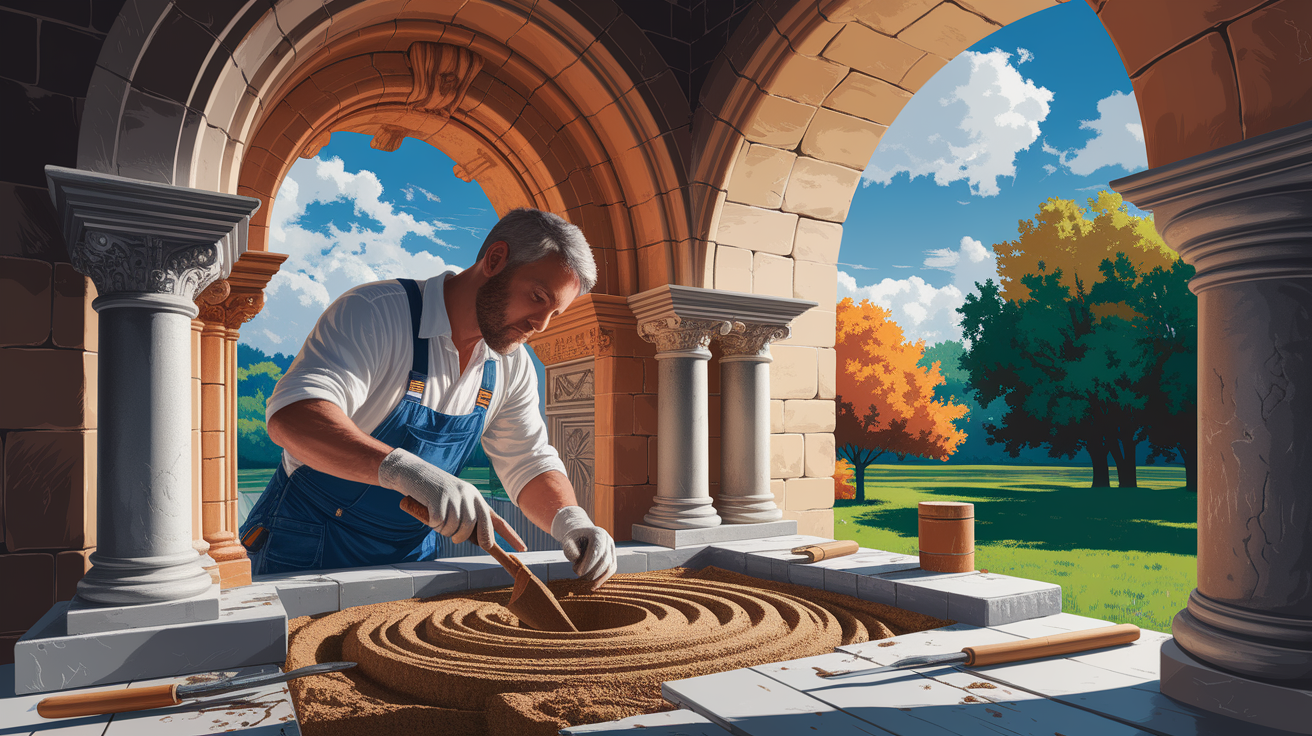
Key restoration techniques often used locally include:
- Masonry restoration: Cleaning stone or brick surfaces without damaging the patina of age.
- Window restoration: Repairing or replicating historic frames to retain original profiles.
- Roof restoration: Using materials that mirror historic styles while improving weather resistance.
- Paint analysis: Studying earlier layers to choose colors true to the building’s era.
For example, when restoring the St. George Tabernacle, crews carefully matched old mortar composition and reset sandstone blocks without altering the original craftsmanship.
Balancing Authenticity and Modern Standards: Code Compliance and Upgrades
Bringing a 19th-century building up to modern codes while preserving its heritage can be tricky. This is where the concept of “architectural conservation” meets practical safety and accessibility needs.
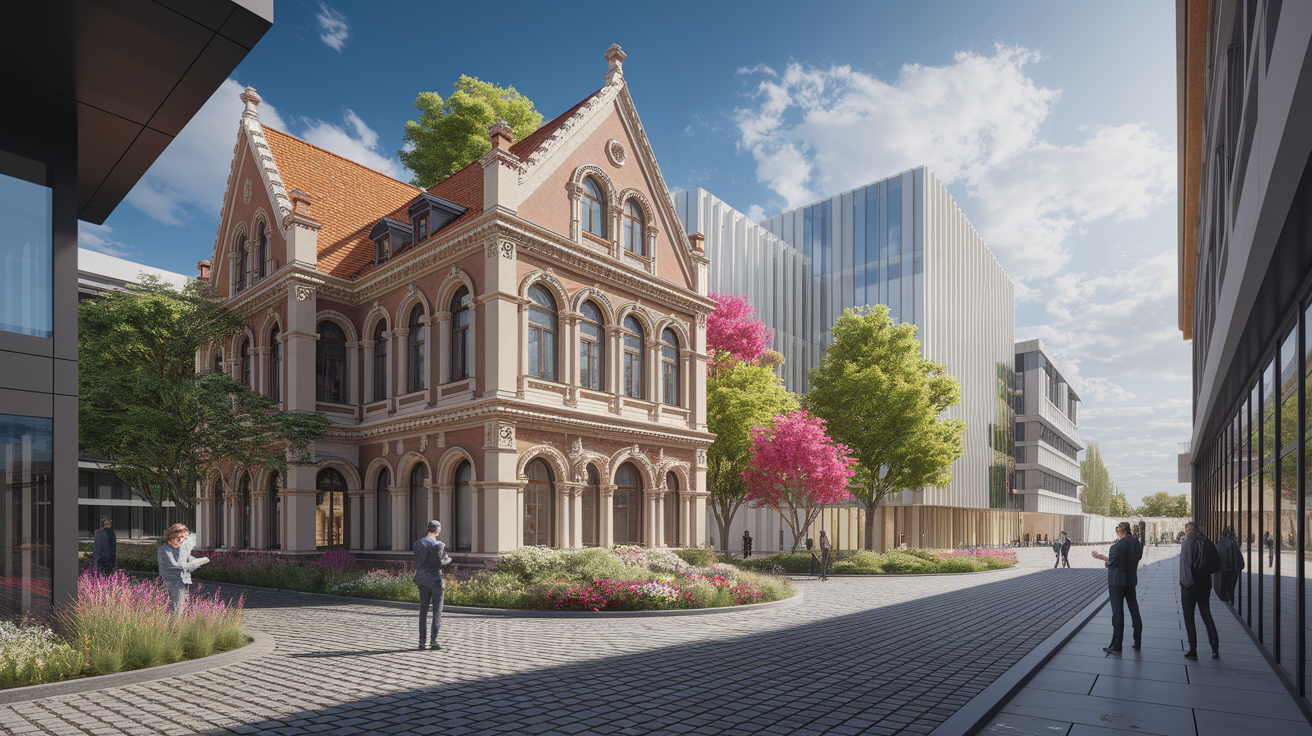
Common upgrades include:
- Structural assessment: Ensuring the building meets current safety standards.
- Weatherization: Improving insulation without disturbing historic façades.
- Accessibility upgrades: Adding ramps or lifts to meet ADA requirements while designing them to blend into the landscape.
- Electrical and plumbing updates: Integrating modern systems discreetly so they don’t interfere with historic layout.
The aim is to ensure your restored building is functional, safe, and compliant with building code requirements, all while preserving its historic character.
Showcasing History: Interpretation and Community Engagement
Restoration isn’t only about the structure — it’s also about sharing its story. Many local sites integrate interpretive elements, such as tours and historical markers, to connect people to the building’s past. The historic downtown walking tours make a wonderful example, linking architecture with narrative history.
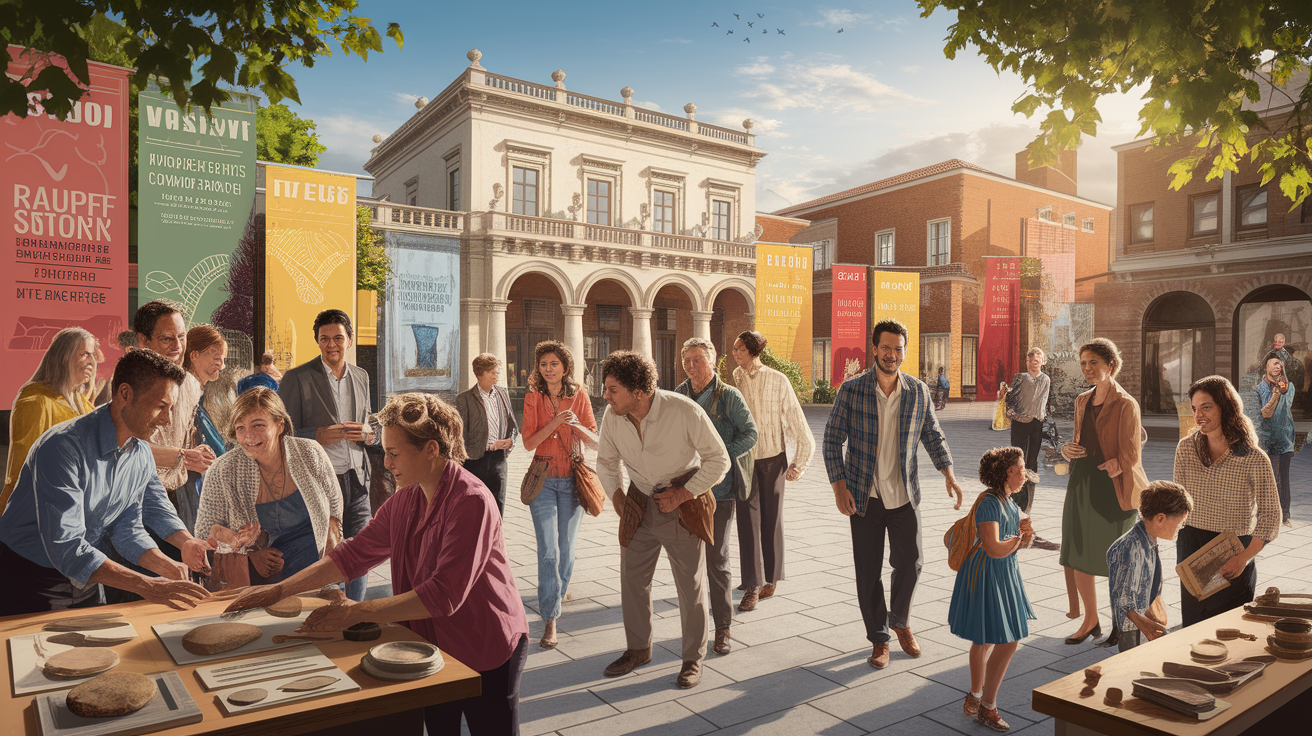
Ways to involve the community include:
- Guided or self-guided tours: Offer visitors insights into craftsmanship, materials, and the building’s role in the city’s evolution.
- Exhibitions: Partner with museums or local cultural centers to display artifacts found during restoration.
- Educational programs: Coordinate with schools to integrate heritage conservation into local history lessons.
By making history accessible, you increase support for preservation funding and ensure the story behind your building lives on.
Bricks, Mortar, and Memories: Your Next Steps in Preserving St. George’s Heritage
If you’re ready to take on a historic building restoration in St. George, the next step is to gather a team of qualified historic restoration contractors familiar with local practices and materials. Check their experience with sandstone masonry, preservation techniques, and understanding of city guidelines.
Piece by piece, you’ll be contributing to a living chapter of St. George’s history. Every restored wall, repaired window, and carefully chosen mortar mix becomes part of a collective effort to keep the city’s heritage vibrant for generations to come — ensuring these treasured landmarks, from the Tabernacle to Brigham Young’s Winter Home, continue to inspire and teach.

